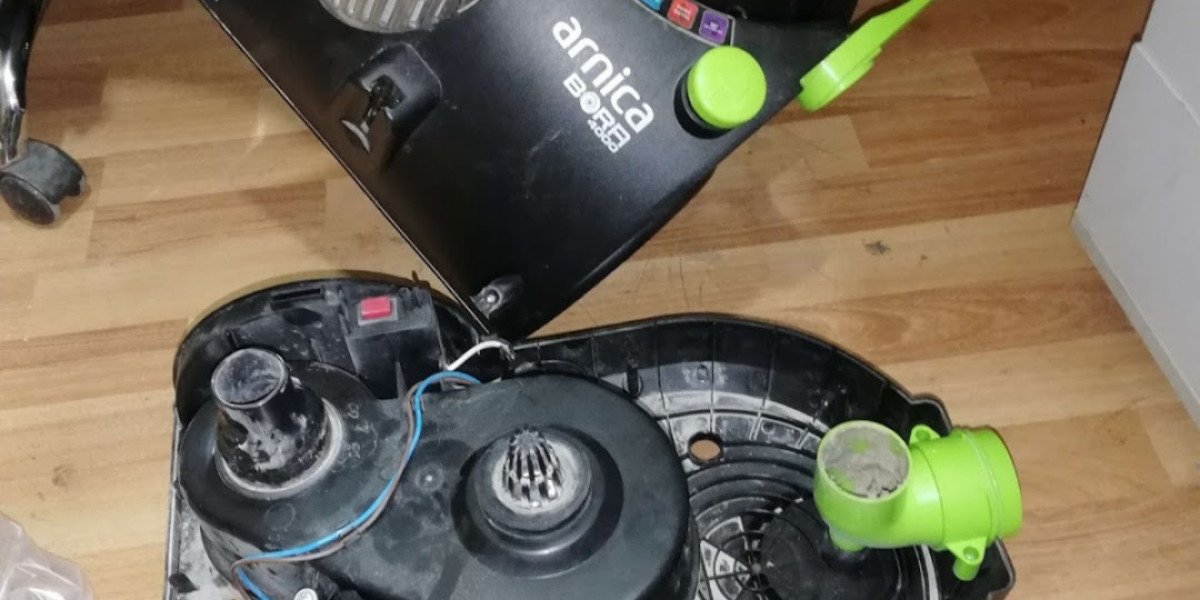Introduction
India’s rooftops are filling up with solar, yet many buyers still struggle to pick the right technology. The conversation often circles around mono&polycrystaline solar panels, but what does that actually mean for your electricity bill and long-term savings? To clear the fog, this guide compares the two leading silicon modules—efficiency, price, lifespan, aesthetics, and environmental impact—so you can invest smartly and sleep easily. This article explores Monocrystalline and Polycrystalline Solar Panels: Key Differences You Should Know to help you make a confident solar decision.
1. Silicon 101—How Each Panel Is Born
Monocrystalline (Mono)
Grown from a single, continuous silicon crystal.
Sliced into wafers that are black, uniform, and highly efficient.
Polycrystalline (Poly)
Molten silicon fragments poured into square moulds.
Cools into many smaller crystals fused together, giving a blue, speckled look.
Why it matters: A single-crystal lattice lets electrons flow more freely, which translates into higher conversion efficiency for mono modules.
2. Efficiency & Real-World Output
| Metric | Monocrystalline | Polycrystalline |
|---|---|---|
| Lab cell efficiency | 22–26% | 18–21% |
| Typical module efficiency | 18–23% | 15–18% |
| Wattage per m² | 190–220 W | 160–185 W |
Takeaway: If your roof space is tight—urban bungalows, apartment terraces, factory sheds—mono gives you more power per square metre. On large rural sheds or ground mounts, poly can still compete because space is abundant.
3. Price Tag vs Lifetime Cost
Up-front: Poly panels usually cost 8–12% less per watt on the Indian wholesale market.
Balance-of-System (BOS): Fewer mono panels mean fewer rails, cables, and junction boxes.
LCOE (Levelised Cost of Electricity): Over 25 years, mono often edges ahead because it degrades slower and produces more kilowatt-hours.
Example: A 5 kW mono array may cost ₹25,000 more than a poly setup, but the extra 750–900 kWh per year could trim your payback period by nearly two years.
4. Heat, Shade & Weather Performance
Temperature coefficient: Mono ≈ −0.35%/°C vs Poly ≈ −0.40%/°C.
Low-light response: Mono performs better during dawn, dusk, and cloudy monsoons.
Shade tolerance: Both use bypass diodes, but mono maintains a higher output under partial shading.
5. Durability & Warranty
Both panel types pass international quality tests. However:
| Feature | Monocrystalline | Polycrystalline |
|---|---|---|
| Performance warranty | 84–86% after 25 years | 80–82% after 25 years |
| Micro-crack resistance | Slightly better | Good |
| Innovation rate | Rapid (PERC, TOPCon, HJT) | Slower |
Monocrystalline panels are evolving faster, with better performance warranties and newer tech integration.
6. Looks & Architectural Appeal
Monocrystalline: Sleek black finish, great for visible rooftops.
Polycrystalline: Speckled blue look, more functional than stylish.
Aesthetics matter if your panels are part of your property's visual identity—like at a hotel, resort, or high-end residence.
7. Environmental Footprint
| Metric | Monocrystalline | Polycrystalline |
|---|---|---|
| Energy payback time | 1.1–1.3 years | 1.3–1.6 years |
| Silicon usage | Higher waste | More material-efficient |
| Carbon per kWh | Lower overall | Slightly higher |
Both are recyclable. With India's increasing focus on Extended Producer Responsibility (EPR), disposal systems are improving.
8. Use-Case Scenarios
| Scenario | Best Choice | Reason |
|---|---|---|
| Urban bungalow | Monocrystalline | Better output per square metre |
| Large rural farm | Polycrystalline | Lower cost, space isn't an issue |
| Premium villa | Monocrystalline | Sleek look, high efficiency |
| Ground-mount in budget project | Polycrystalline | Cheaper per watt |
| Apartment with limited terrace | Monocrystalline | Small footprint, more power |
9. Tech Trends Favouring Mono
PERC (Passivated Emitter Rear Cell): Adds a reflective layer to boost power.
TOPCon (Tunnel Oxide Passivated Contact): Increases efficiency and durability.
HJT (Heterojunction Technology): Combines silicon with amorphous layers for even better efficiency.
These upgrades are almost exclusive to monocrystalline panels, making them more future-ready.
10. Myths Busted
Myth 1: Poly is outdated
Truth: Poly is still widely used, especially in utility-scale and agricultural projects.
Myth 2: Mono panels break easily
Truth: Modern monocrystalline panels are just as durable as polycrystalline ones.
Myth 3: Mono always costs more
Truth: While upfront prices may be higher, long-term energy output often makes mono more cost-effective.
11. What to Ask Before Buying
What is your total usable roof space?
How much energy do you use monthly—and how might that change?
Is your site exposed to heat, dust, or shade?
What are the warranties on the panel and inverter?
Are you getting a full system price or just per-watt hardware cost?
Answering these questions will guide your choice better than price alone.
12. Real Case: Mono vs Poly in a Pune Home
| Feature | Mono | Poly |
|---|---|---|
| System Size | 5 kW | 5 kW |
| Panel Efficiency | 21.2% | 17.4% |
| Yearly Output | 8,000 kWh | 6,850 kWh |
| Payback Time | 4.9 years | 6.2 years |
| Lifespan Value | High | Moderate |
Despite a slightly higher initial investment, monocrystalline panels gave better performance, especially during summers and cloudy months.
Conclusion
Choosing between monocrystalline and polycrystalline solar panels isn’t about which is better overall—it’s about what fits your space, budget, and power needs. Monocrystalline panels offer higher efficiency, longer warranties, and a modern look, ideal for urban rooftops and premium properties. Polycrystalline panels remain a solid, affordable choice for farms, factories, and larger installations where space isn’t an issue.
Both types contribute to a greener future—so the best choice is the one that fits your energy goals today and tomorrow.






